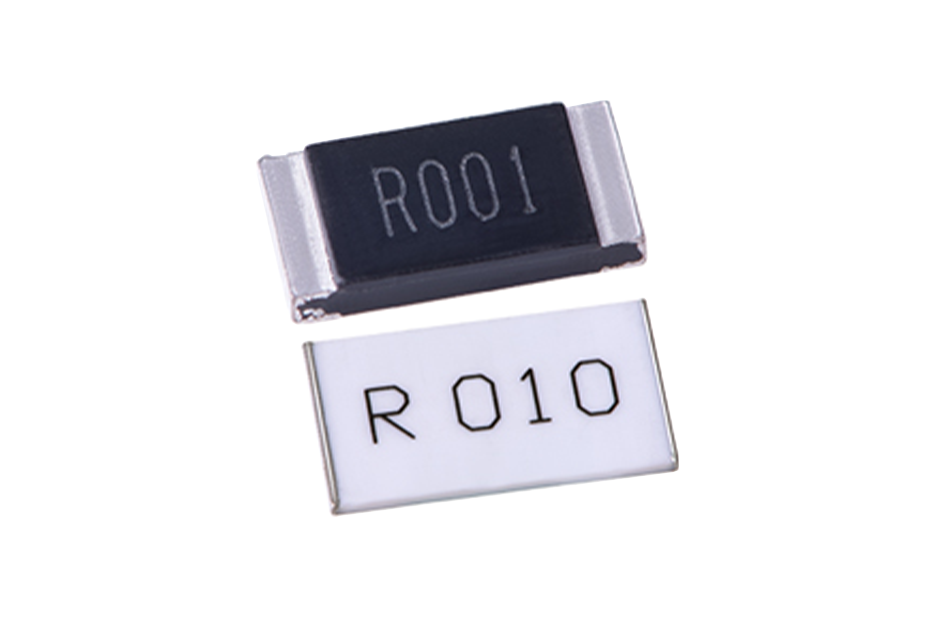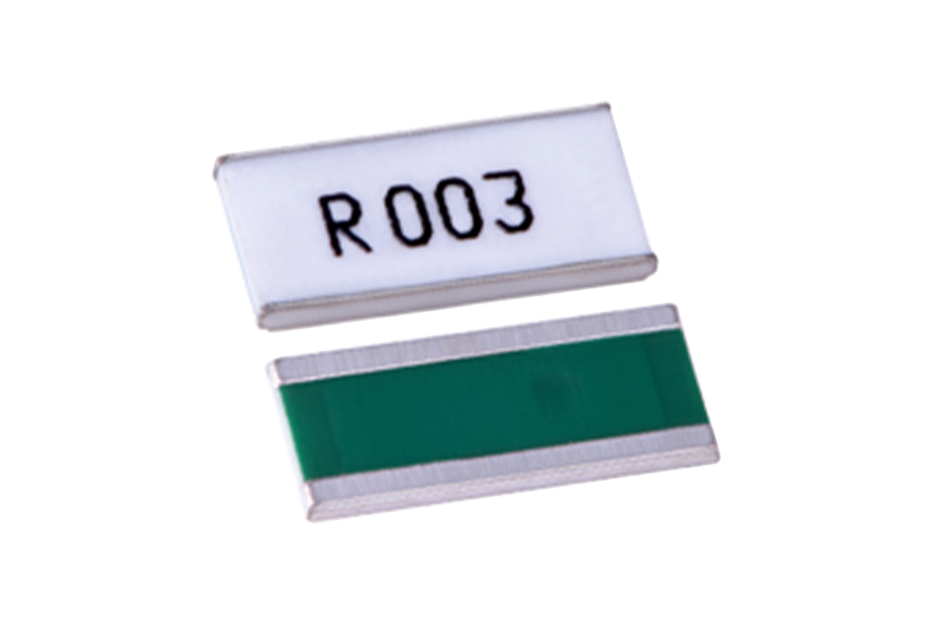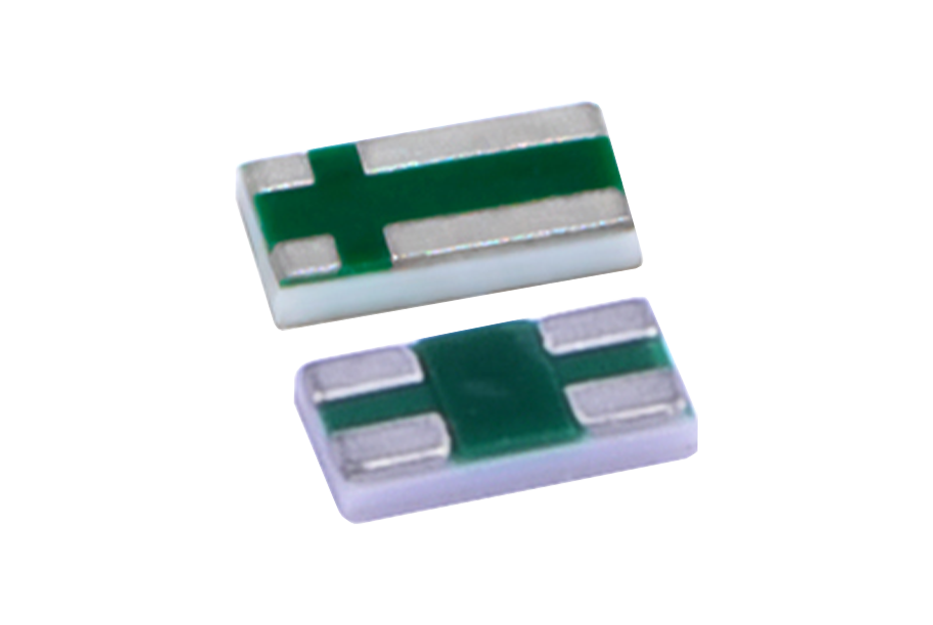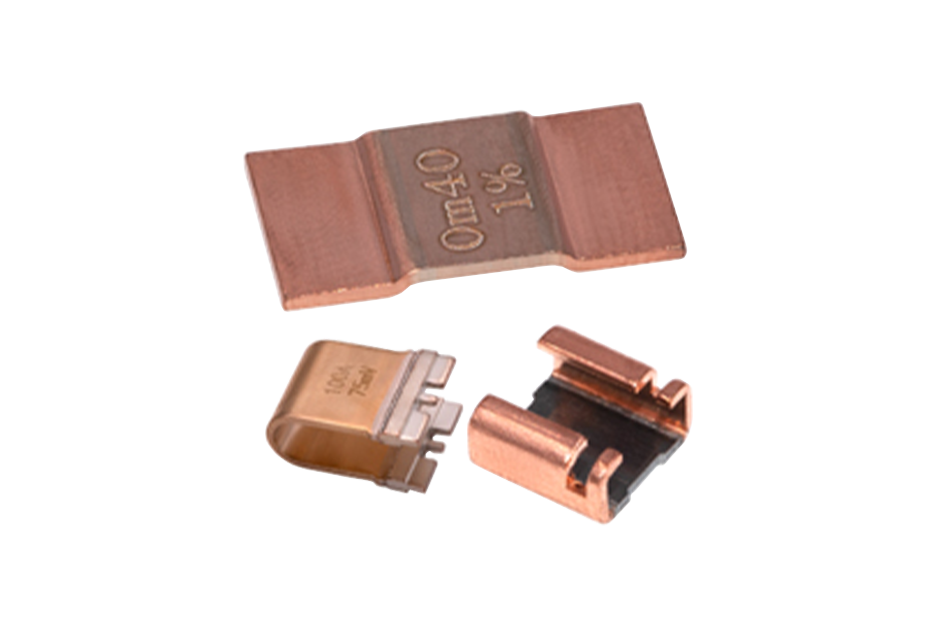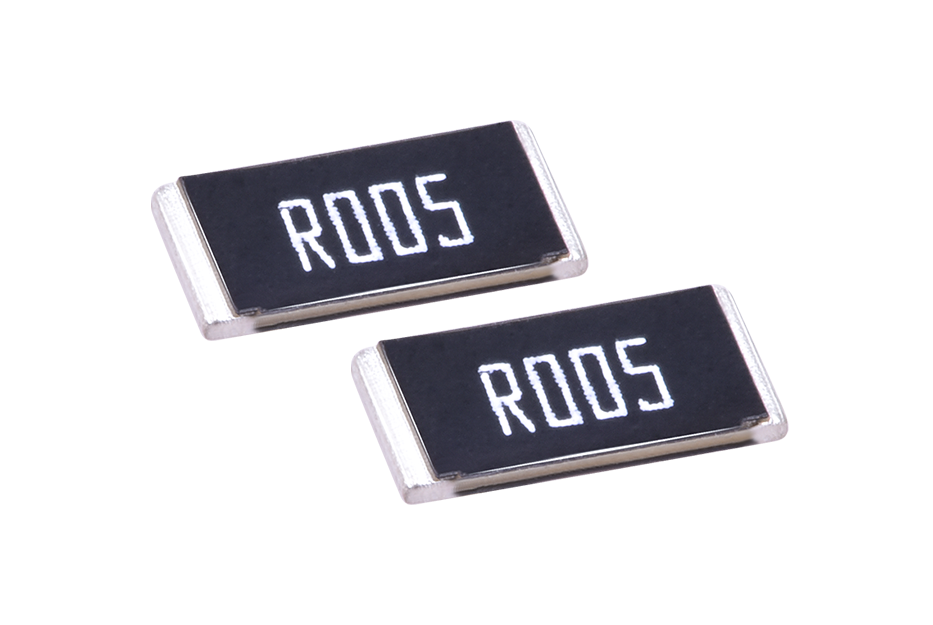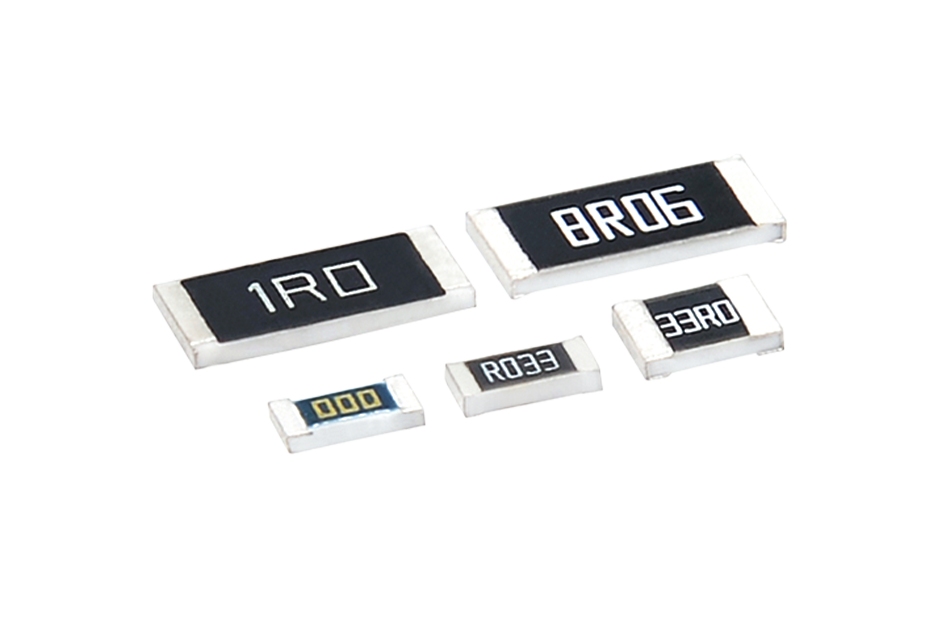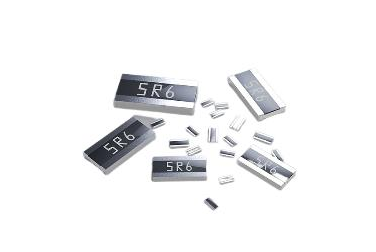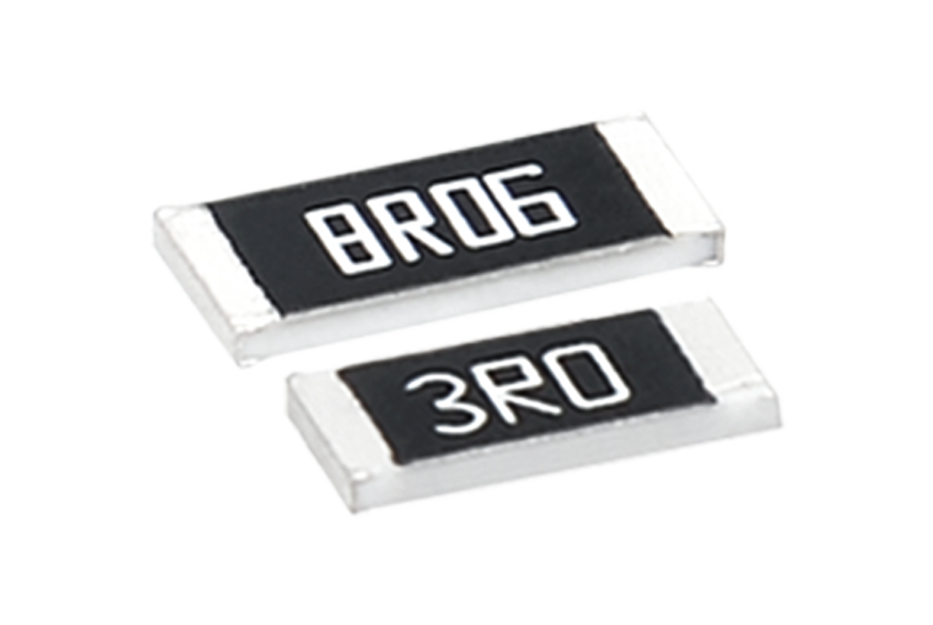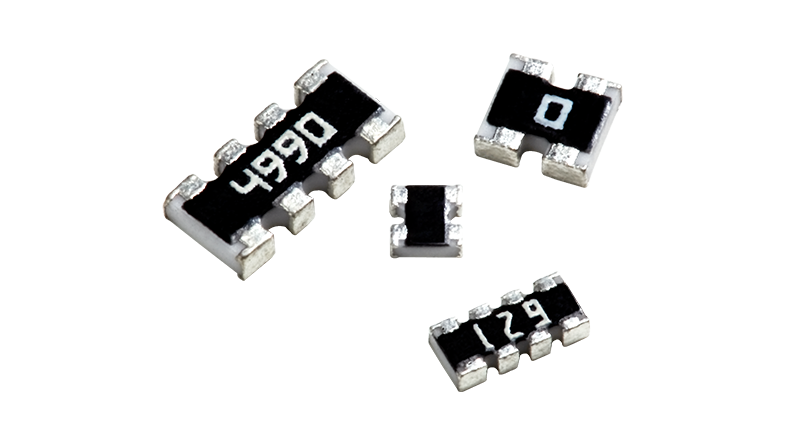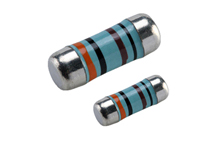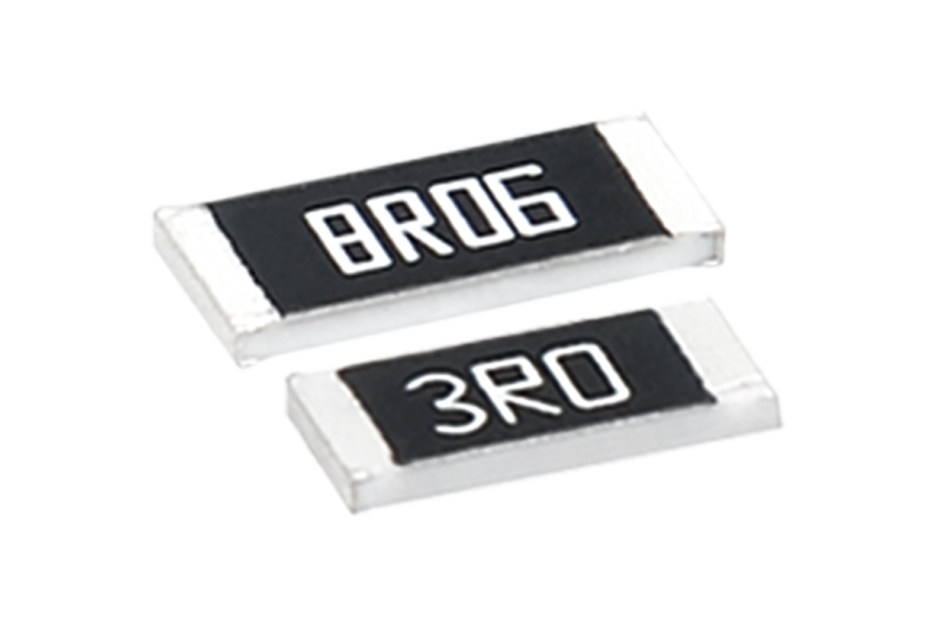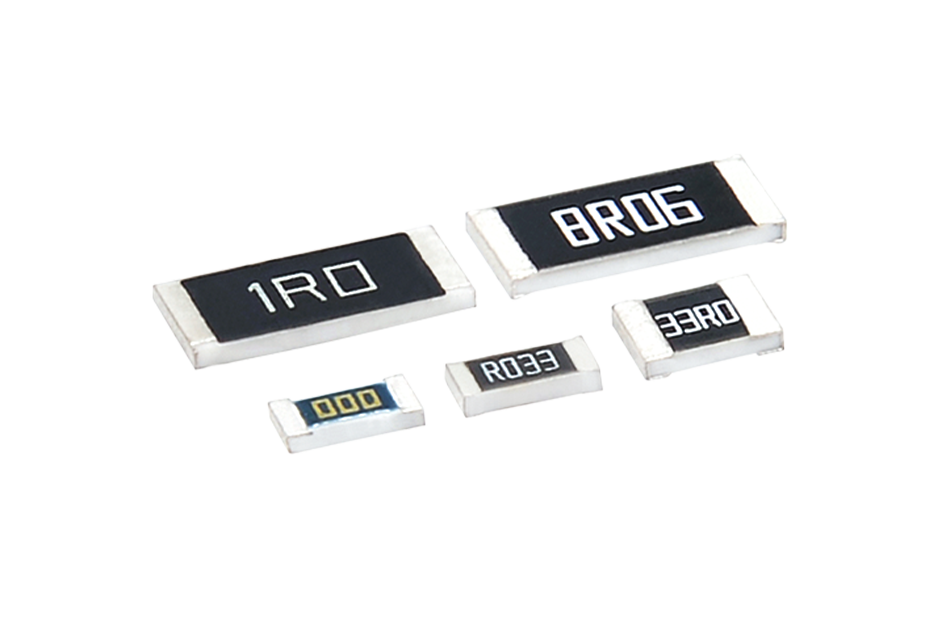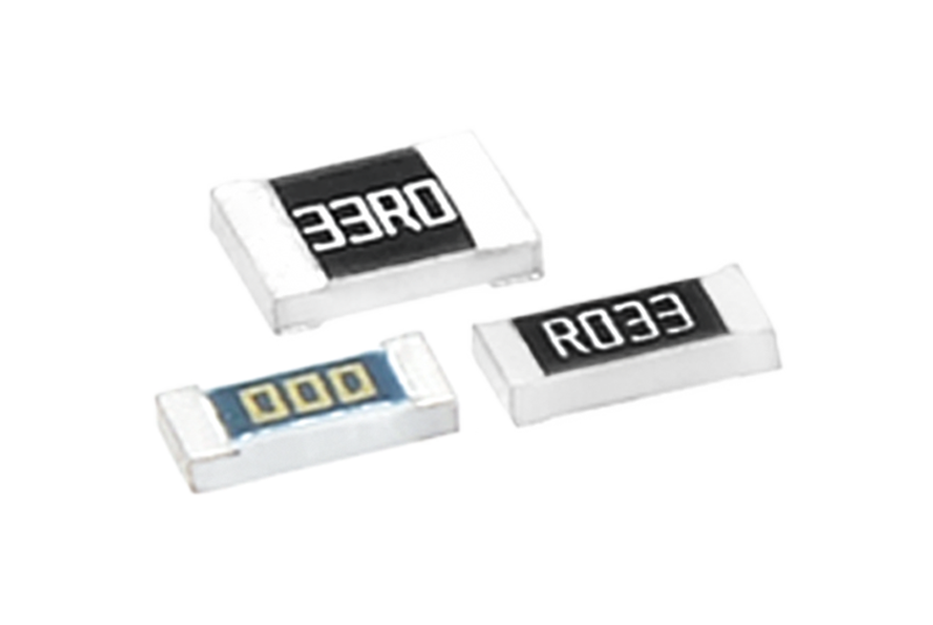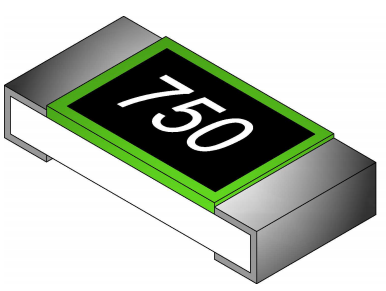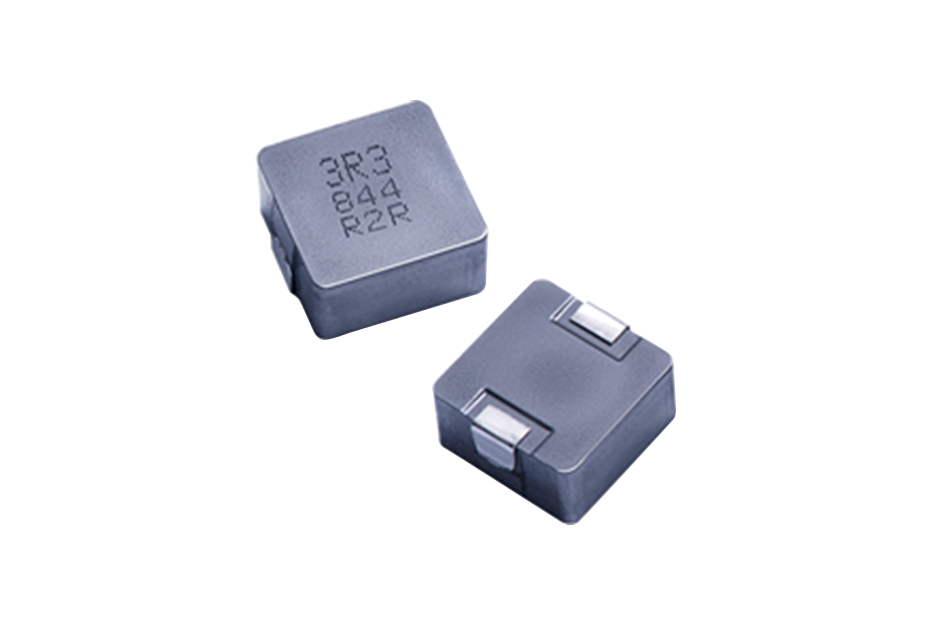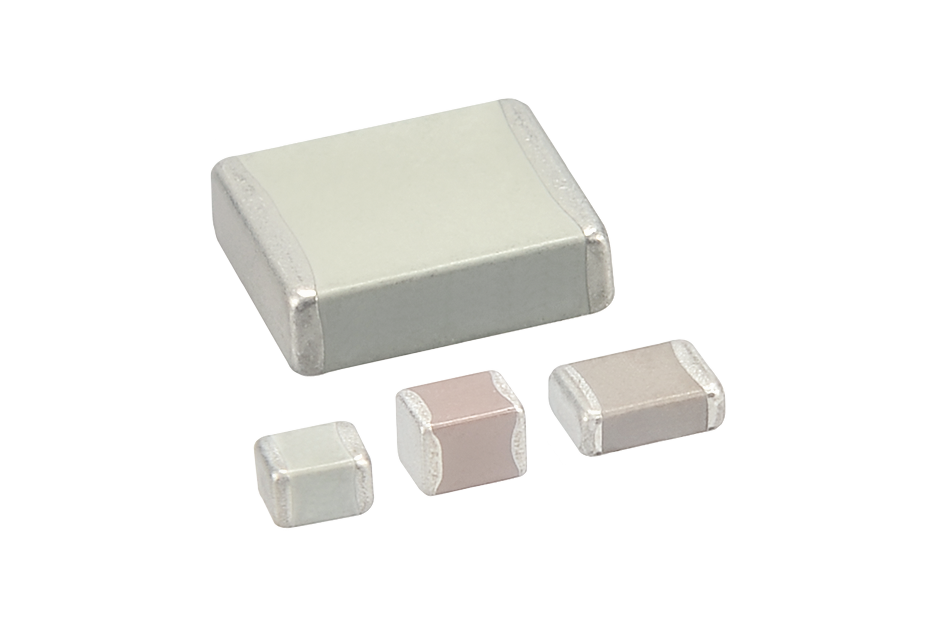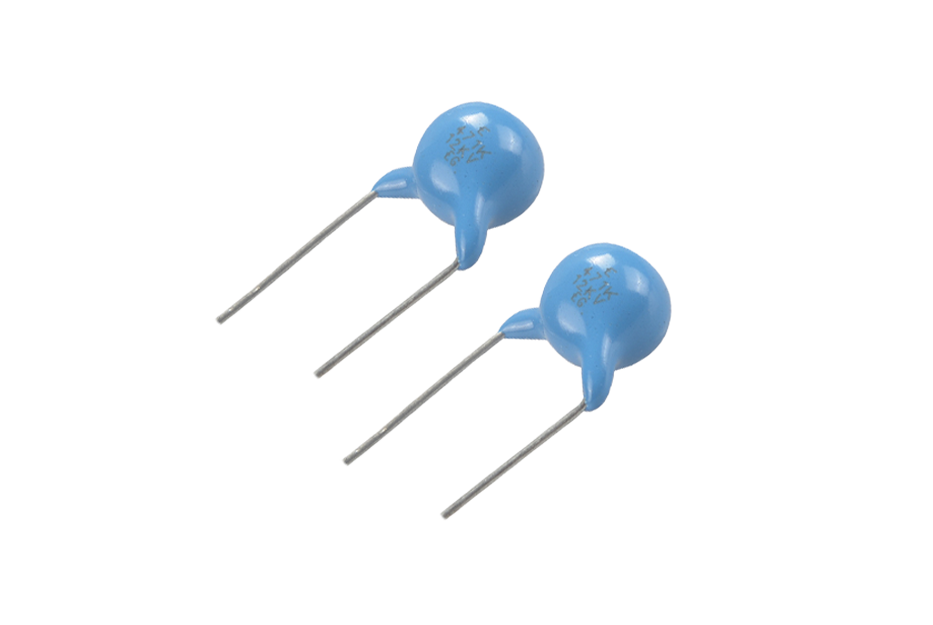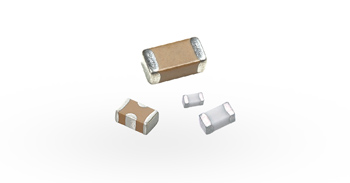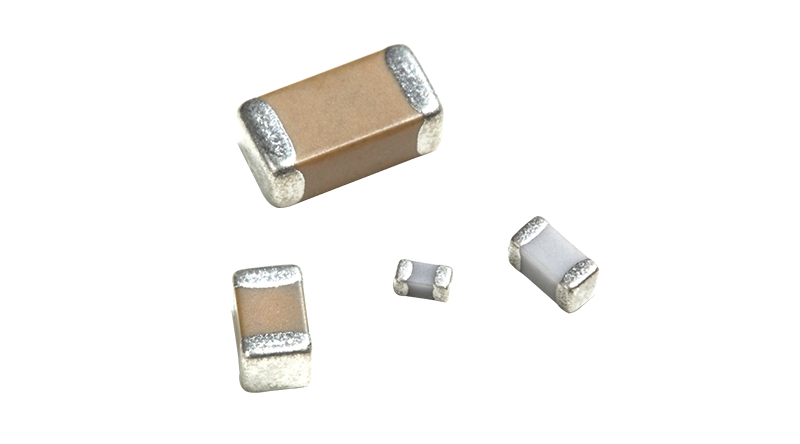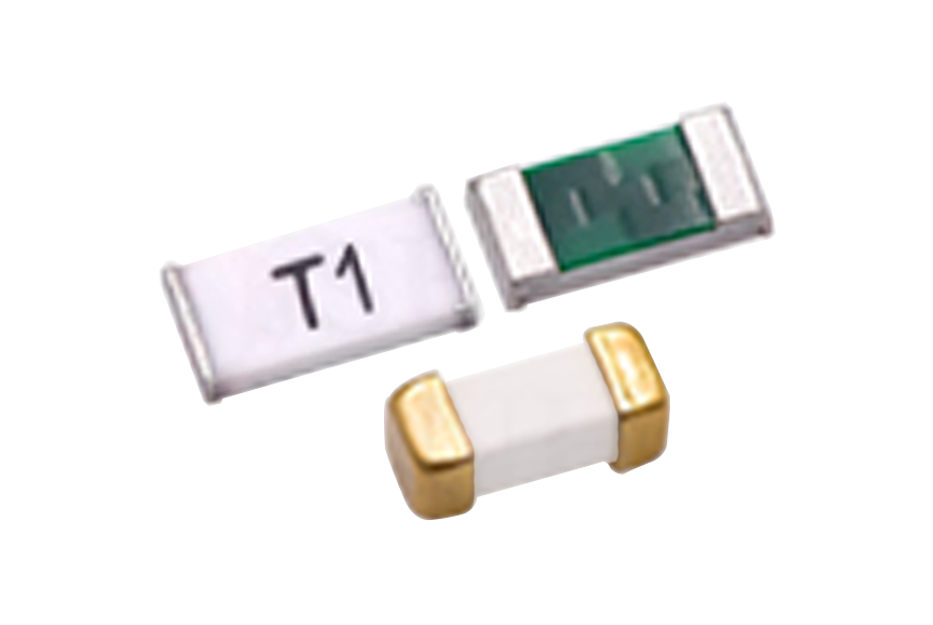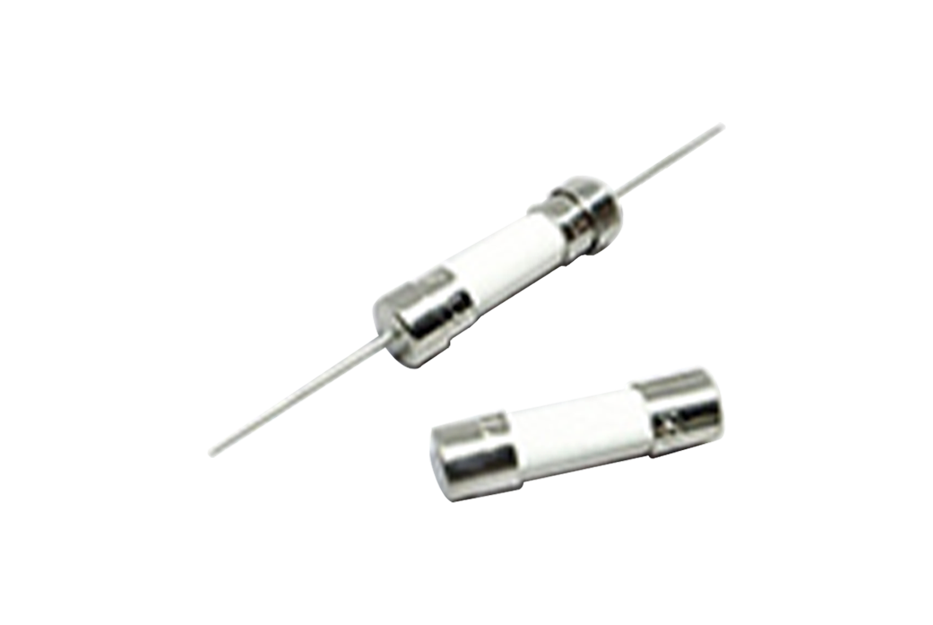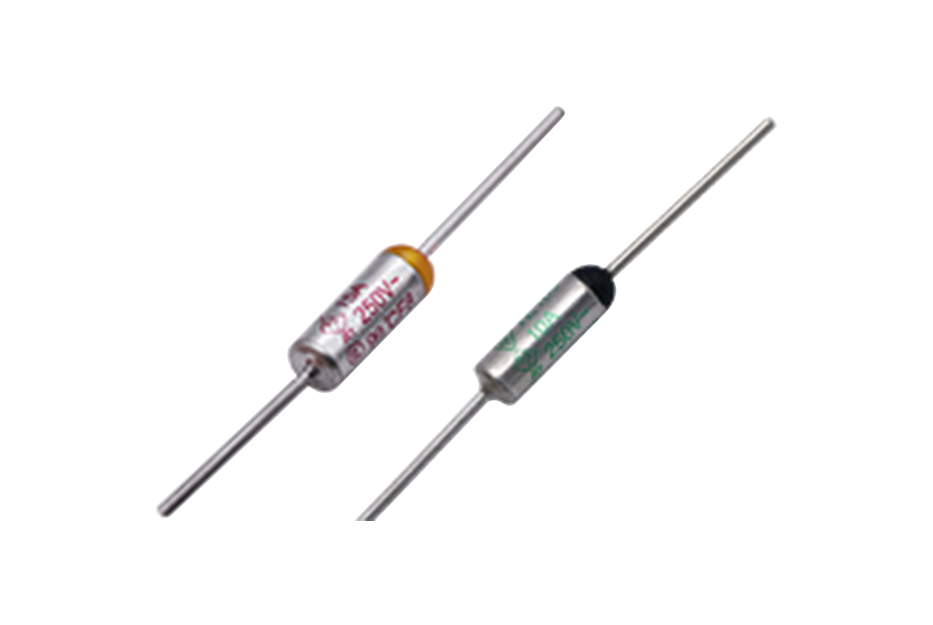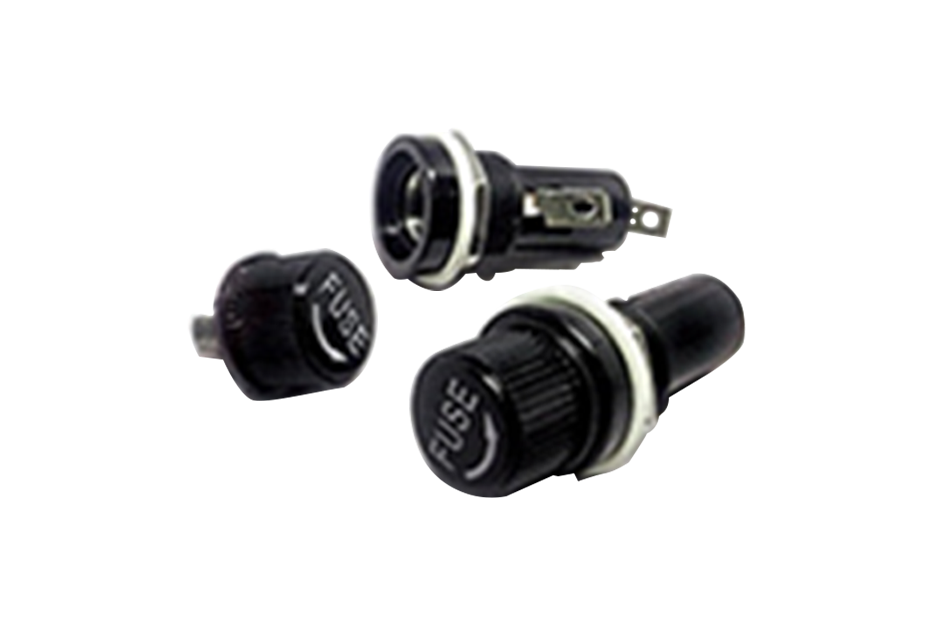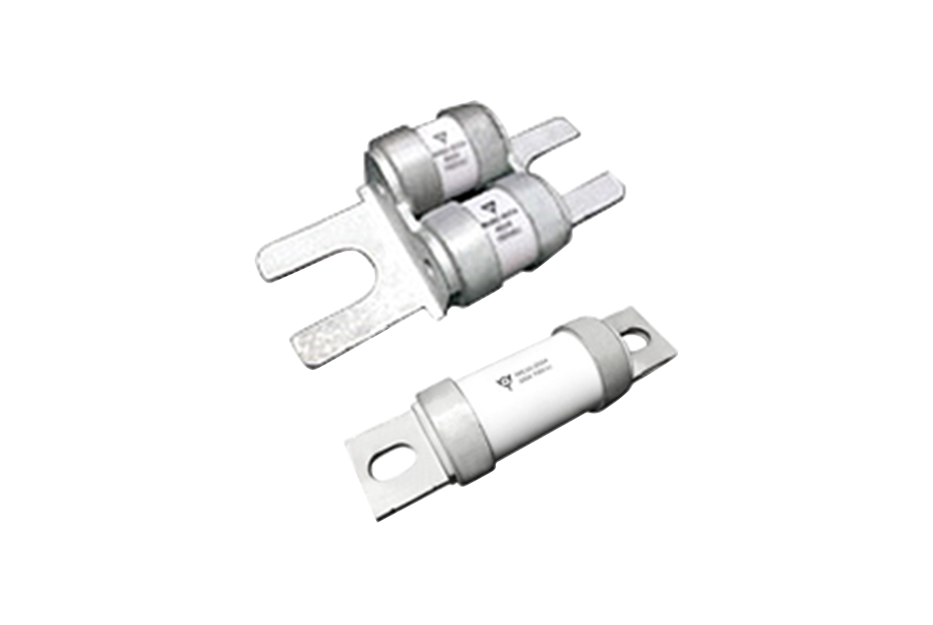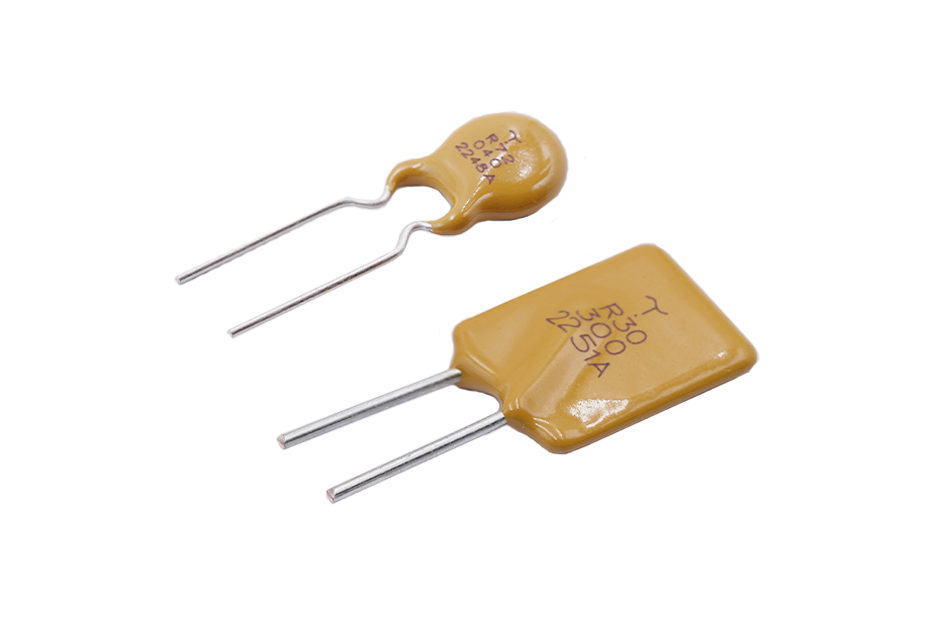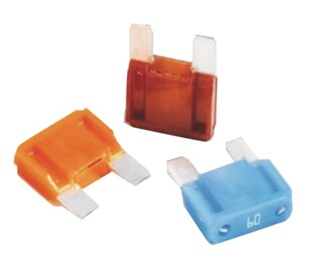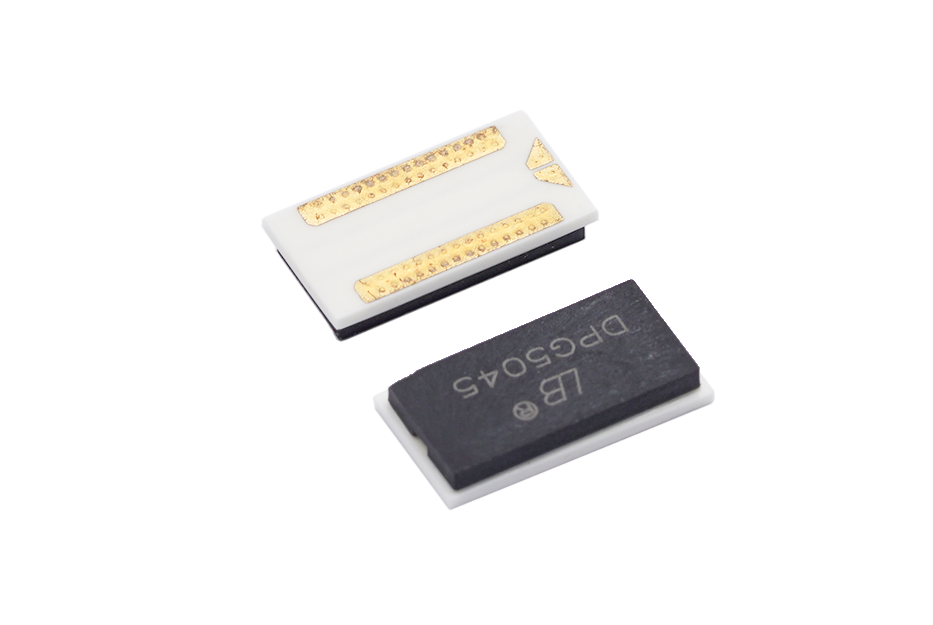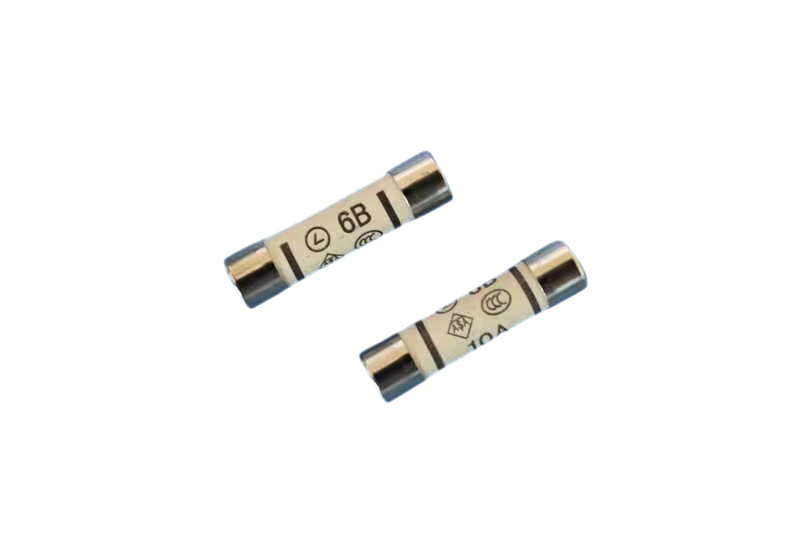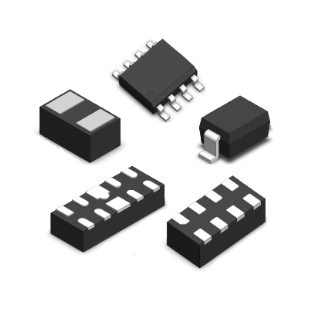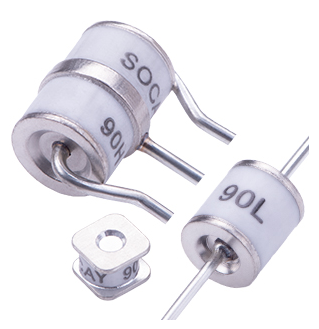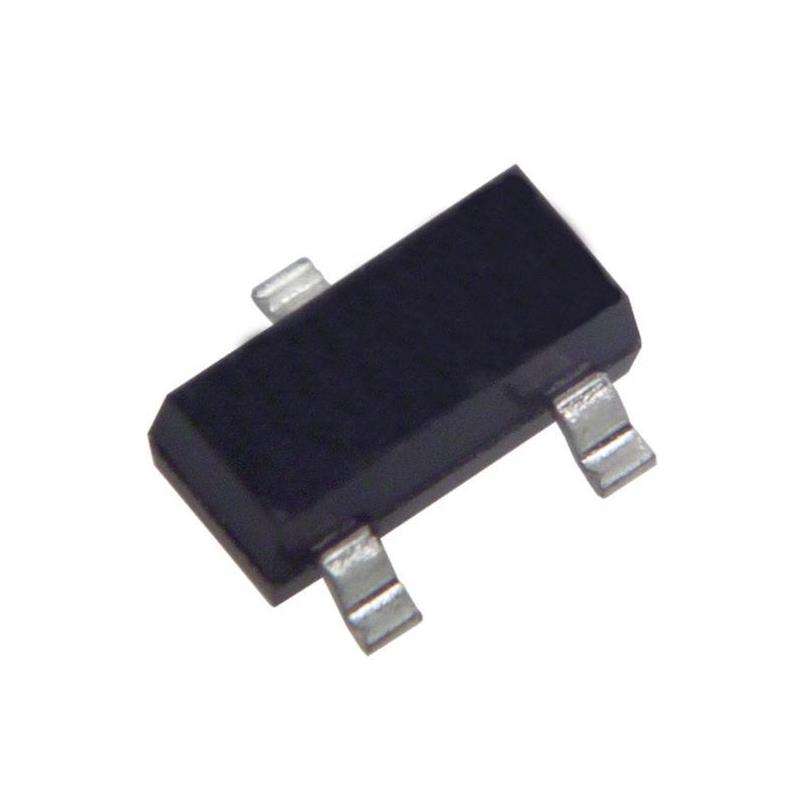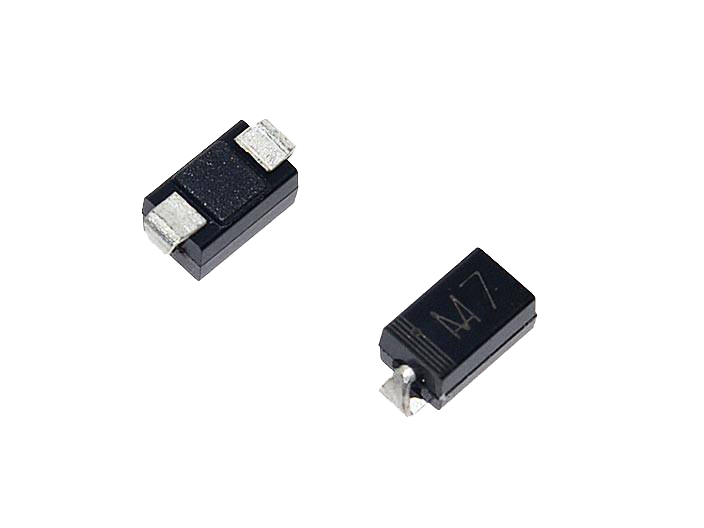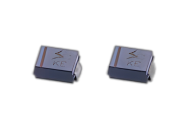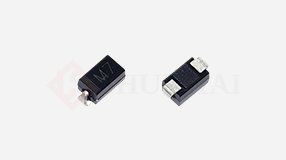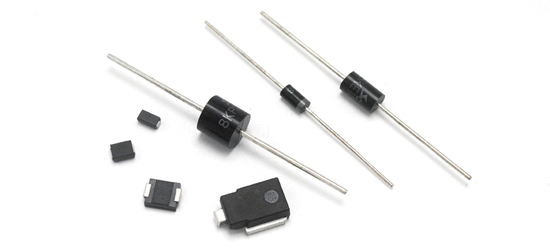List of SMD resistor models and online purchase address: click on the image to enter
Chip resistors are a common electronic component widely used in circuits. It is a resistive device designed to withstand a specific voltage. In this article, we will introduce the working voltage of SMD resistors and related knowledge.
Firstly, let's understand what SMD resistors are. Chip resistor is a miniaturized resistor with a rectangular shape and two electrodes. It is usually made of ceramic or metal materials, with high accuracy and stability. The size of patch resistors is usually fixed, for example, common sizes include 0603, 0805, and 1206. These numbers represent the length and width dimensions of the chip resistor, in millimeters.
Secondly, the working voltage of the SMD resistor refers to the maximum voltage it can withstand. This parameter is very important because if the operating voltage is exceeded, the chip resistor may be damaged or damaged. Therefore, when selecting chip resistors, we must ensure that their operating voltage is higher than or equal to the required voltage. Usually, the working voltage of SMD resistors is detailed in the specifications or product instructions.
Thirdly, the working voltage of the SMD resistor depends on factors such as its size, material, and structure. Generally speaking, larger chip resistors typically have higher operating voltage because they have a larger surface area to disperse voltage. On the contrary, smaller chip resistors typically have lower operating voltages. In addition, the chip resistance of different materials may also vary. For example, metal film patch resistors typically have higher operating voltages, while carbon film patch resistors have lower operating voltages.
Fourthly, in order to ensure the stability and reliability of chip resistors, we also need to consider some other factors. Firstly, the operating temperature range of chip resistors is an important parameter. The chip resistor should be able to operate normally within the specified operating temperature range. If the temperature exceeds the operating temperature range, the performance of the chip resistor may change or even be damaged. Secondly, the power dissipation ability of SMD resistors is also a factor that needs to be considered. Chip resistors with higher power dissipation capacity can withstand higher power, making them more suitable for use in high-power applications.
Fifth: When selecting chip resistors, we should determine the required working voltage based on the actual application requirements. Generally speaking, we should choose a chip resistor with a working voltage slightly higher than the actual demand to ensure the stability and reliability of the circuit. Of course, we can also comprehensively consider factors such as the price and supply of SMD resistors.
In short, the working voltage of a chip resistor refers to the maximum voltage it can withstand. When selecting patch resistors, we must ensure that their operating voltage is higher than or equal to the required voltage. The working voltage of patch resistors depends on factors such as their size, material, and structure. In order to ensure the stability and reliability of chip resistors, we also need to consider factors such as the operating temperature range and power dissipation capacity. Choosing a suitable chip resistor is an important step in ensuring the normal operation of the circuit.

